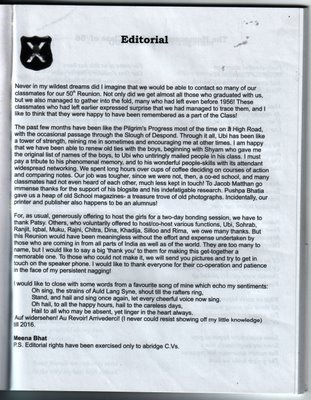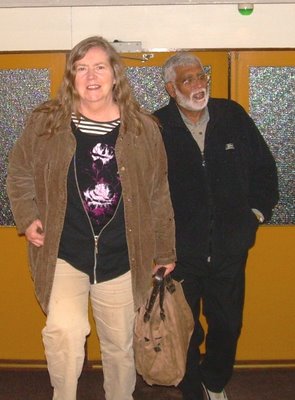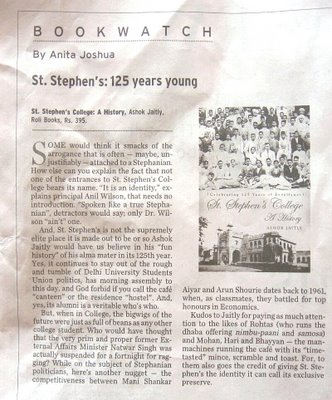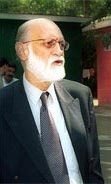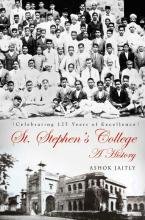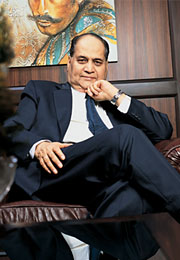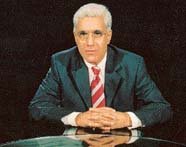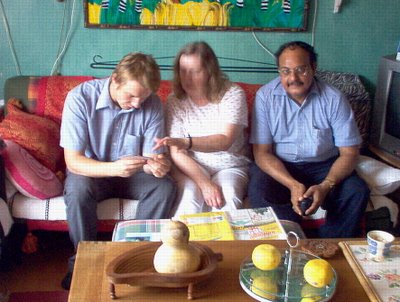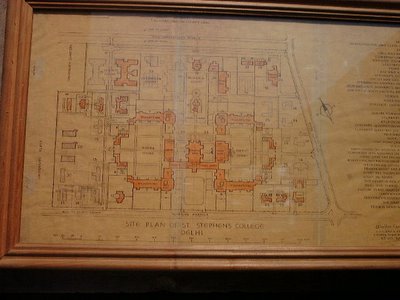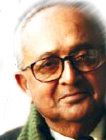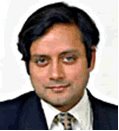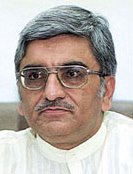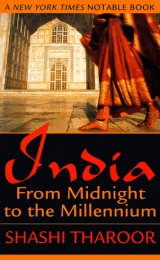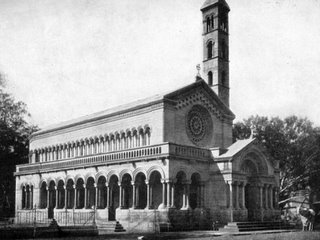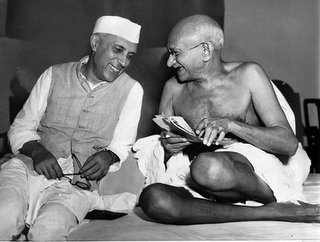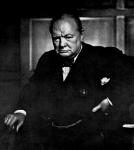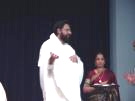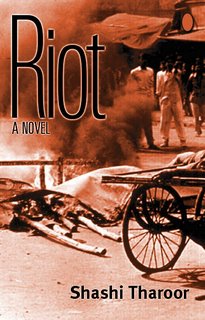...when you get a phone call, and on the line is your very very best friend with whom you have not spoken or heard of for the last 24 years?
(Cross-posted on my Jacob's Blog.)
Today, just before 10 am Finnish time, I got a call, from China. Even before the person identified himself, I knew it was Ajay!
Ajay Verma was in St. Stephen's College the same time I was. He was doing Mathematics Honours and I was doing General Science.
We were virtually inseperable. We spent hours together, drinking coffee, smoking, talking, joking, playing tricks on others, playing table tennis together, playing basketball (in which Ajay was superb).
When I went for my holidays to Bombay, I waited to get back to Delhi and college to meet my very dear friends - Ajay and Niranjan (who was a couple of years senior to us and was doing English Honours).
Niranjan was an East African from Tanazia but of Indian origin.
The three of us got the group nickname Heap - Little Heap, Middle Heap and Big Heap, the last being me.
After college I went to London to study.

Ajay joined the Indian Army and Niranjan joined the Indian Foreign Service.
(Niranjan became an Indian Citizen and served as Indian Ambassador in many places including te Vatican and Switzerland. He appears to be is still doing what we three specialised in doing - exposing scandals (May 2006): "How Rajiv’s India was banned".
When I returned, after my studies, to India, I met up with Ajay who related why he finally left the Indian Army.
At the time of one of the stupid Indian - Pakistani wars, he was serving on the frontline. One evening, when he was in a bunker, he decided to go out to smoke a cigarette. No sooner had he taken a couple of puffs, a shell landed on the bunker. He was the sole survivor.
That experience made him leave the army. He got a job in the Bata Shoe Company and he served in Mathura and Calcutta, but he got fed up of shoes (who wouldn't) and decided he would try his luck abroad.
He landed in Copenhagen without a dime in his pocket. But being the survivor that he is, he soon established himself and worked in the hotel industry, working long hours, earning the language and becoming a master of this trade.

Ajay and Else with Sita and Robin.
Youngest girl, Maya was not born then.Then he met a beautiful Danish girl, Else, and they got married. They moved to a small town in Sweden, Lund, near to Malmo, which is just across the narrow straits that separates Denmark from Sweden.
Ajay set up a small import company and started to market Indian garments and handicrafts. It was tough going. That is when I visited him and met Else and two of their children, Sita and Robin.
 Little Sita, was at one time a replica
Little Sita, was at one time a replica
of our younger daughter, Joanna.When I was setting up a business in India, Ajay and some of his friends invested a small amount in the company.
But then we lost contact after his visit to see me in 1982.
When I moved with Annikki to Oulu in 1984 I tried on several occasions to try to contact Ajay, but to no avail. On one journey to England by bus from Oulu, I tried to get in touch with him when we passed through Malmo.
But there was no sign of Ajay and his SITA boutique in Malmo.
Annikki and I often thought of my good friend. I used to search the internet regularly, using Google, to see if I could spot him anywhere.
Then a few weeks ago he surfaced on my Kooler Talk Blog with a message. As messages posted on my blog are usually labelled Anonymous, there was no link to get back to him.
So I posted a pleading entry, asking him to contact me.
Ajay tried, using the email address in my profile - which unfortunately I had not changed. It was still showing my dead domain name and the old email address.
So, all his correspondence bounced.
Today, he found his old diary where the Finnish telephone number of my in-laws of the 70s was listed.
Ajay thought of trying it.
I had just come home as I had a busy schedule planned for the day.
I knew it was Ajay after I heard him say a couple of words, a much matured with Ajay, but with the same inflexions and the same humour that endeared him to me over 45 years ago.
We talked till he had to get back to work - and during the time we exchanged emails and got our contacts all correct.
Then he rang again and we talked and talked till Annikki also appeared and she too was thrilled to get news of Ajay.
Annikki knows that there is no one more in my mind than Ajay. The happiness of our telephonic reunion was infectious to her.

Ajay is the Manager of the Radisson SAS Hotel in Beijing, China. It is his second stint at the hotel as he was there when it was started in 1992. He has served in various locations of Radisson including Istanbul.
Now, in December, he will retire and return to Lund where he has bought a small piece of land where he may do some farming.
He gave me news of his mother who lives in the Pondicherry Ashram with his sister. She is now 90 years old. Ajay also updated me about their children and one grandchild! (Ajay, your kids have some catching up to do! We have three.)
Today has been one of the happiest days of my life to be reunited with someone I thought was lost forever.
Such joy is unsurpassable.
I want all of you to know that it is such an emotional issue that I am glad that I started these web pages and blogs over 10 years ago - just to feel this emotion that I felt today.
It is all of you that have helped me keep these web pages alive through all these years - and now I feel I can redouble my efforts so that others can find their loved ones and share in that depth of feeling that I experienced today.
We will be having our personal reunion before Christmas 2006 - of that I am sure!



